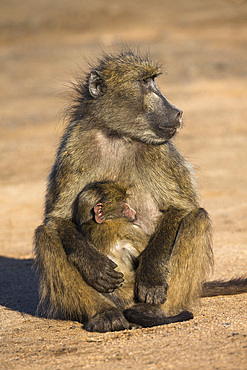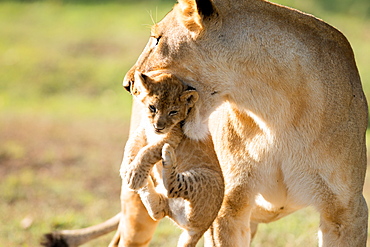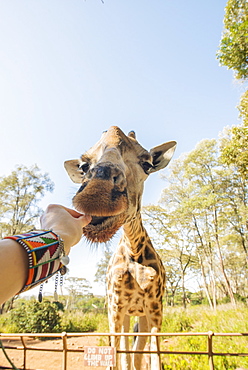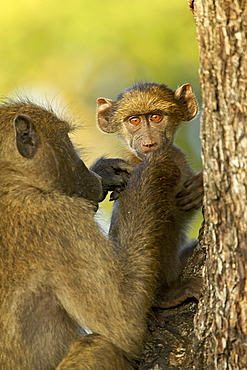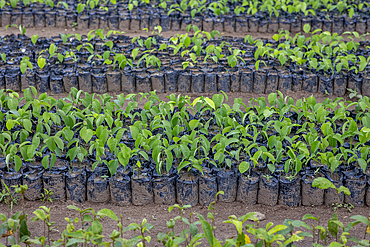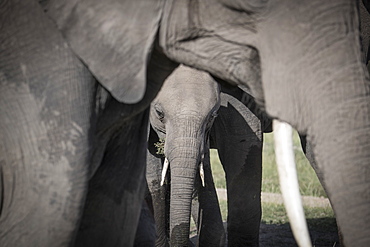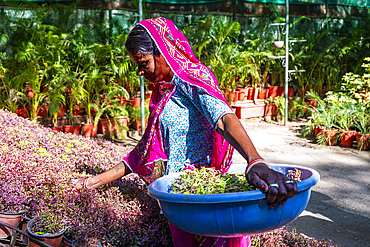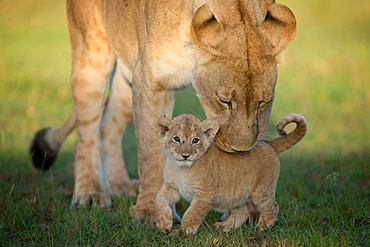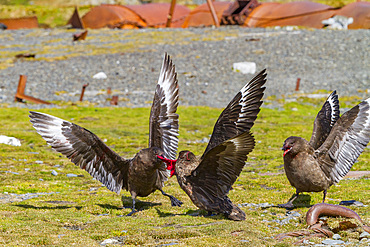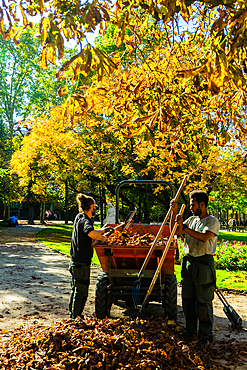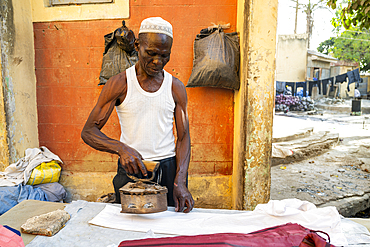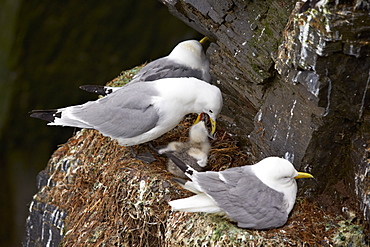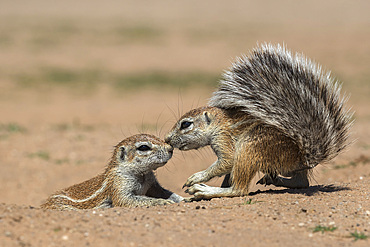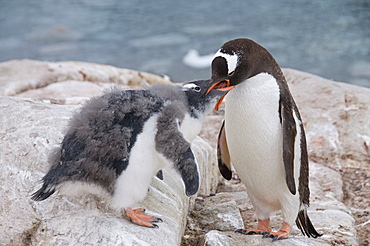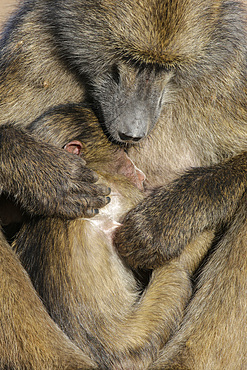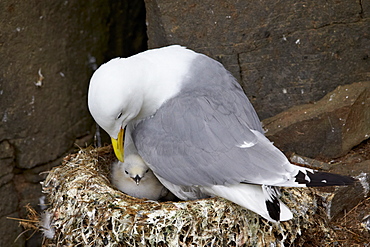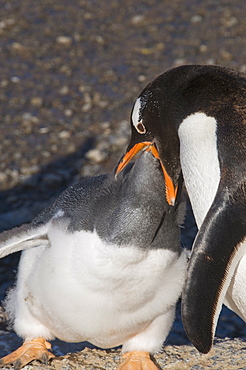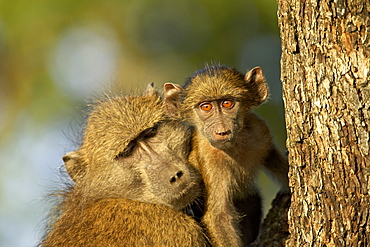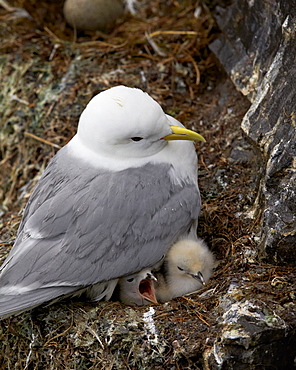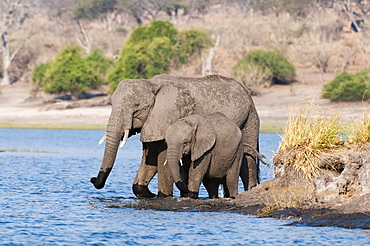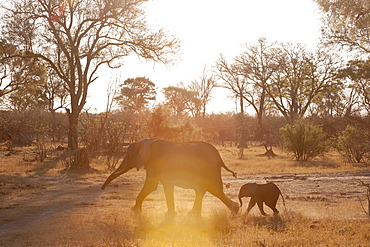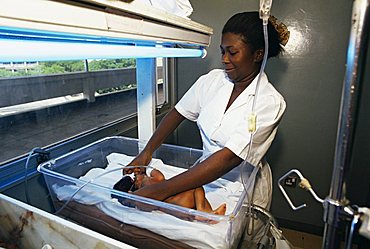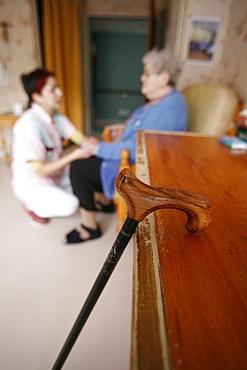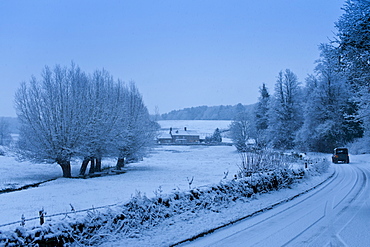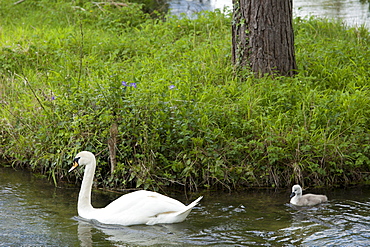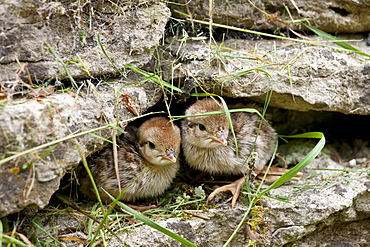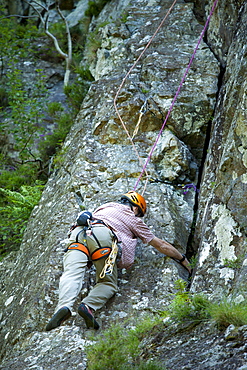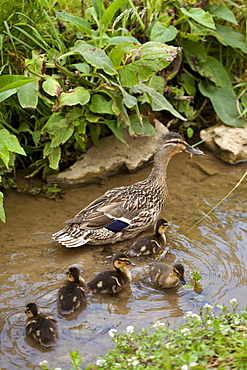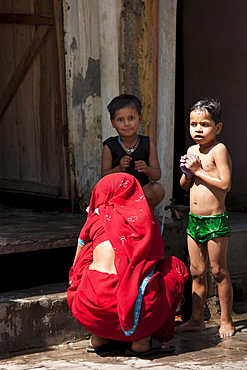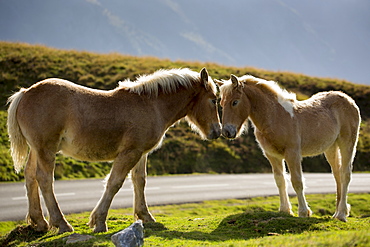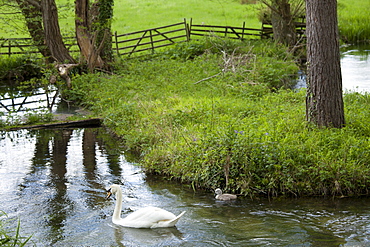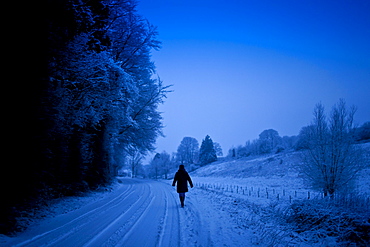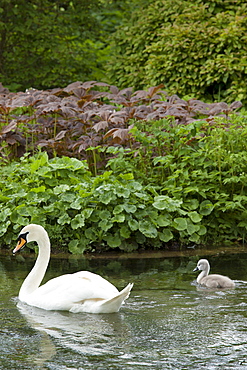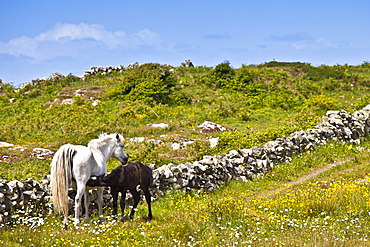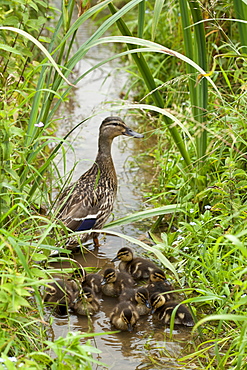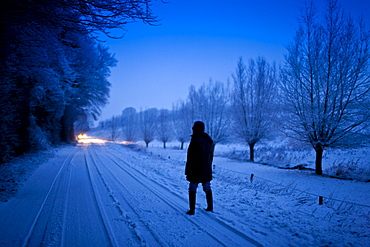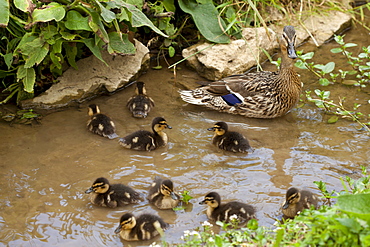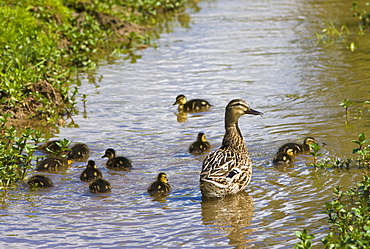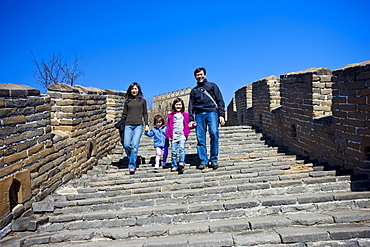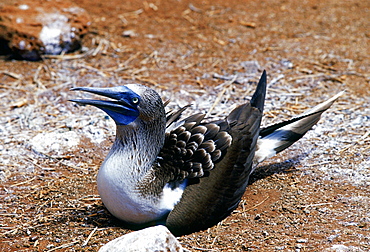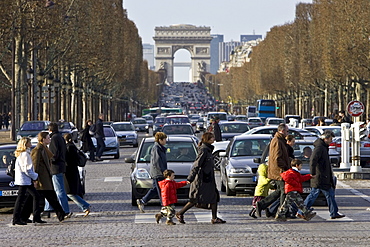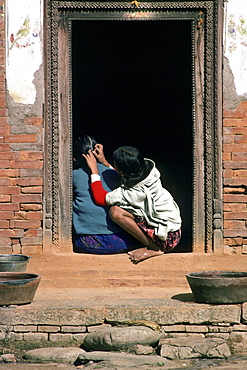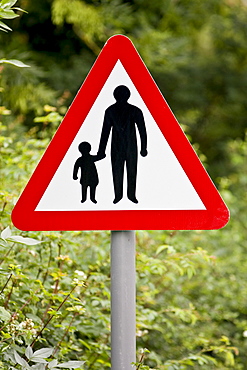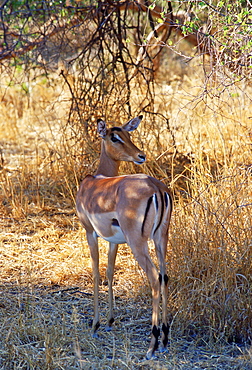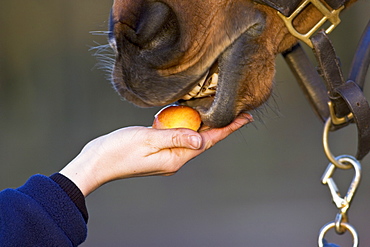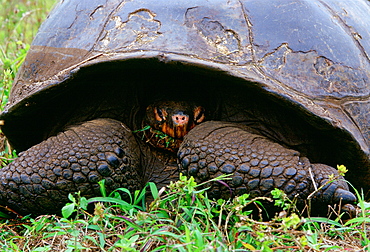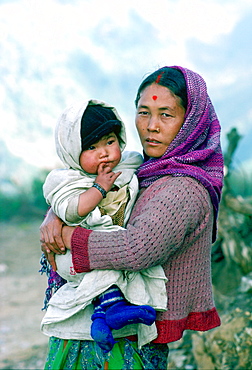Results
« Previous 1 2 3 4 5 Next »
406 results found
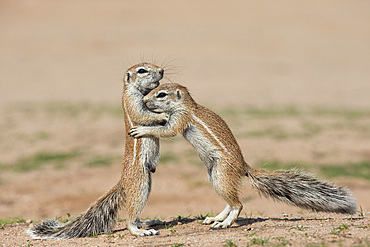
Young ground squirrels (Xerus inauris), Kgalagadi Transfrontier Park, Northern Cape, South Africa, Africa
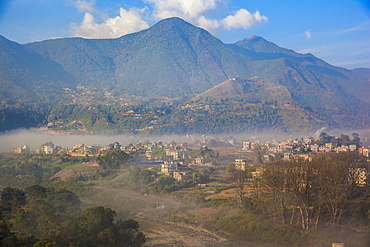
View of Champa Devi, a sacred mountain from Sneha's Care, Bhaisipati, Kathmandu, Nepal, Himalayas, Asia
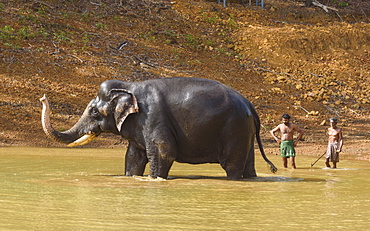
Washing the elephants at Kottoor Kappukadu Elephant rehabilitation centre, Kerala, India, South Asia
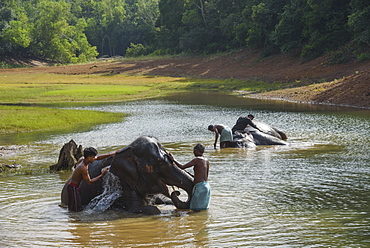
Washing the elephants at Kottoor Kappukadu Elephant rehabilitation centre, Kerala, India, South Asia
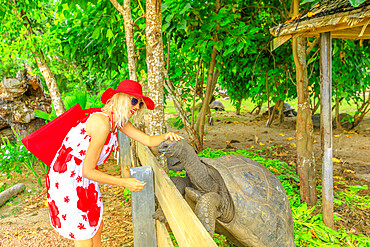
Blonde female in red sun hat, stroking a turtle, Turtle Sanctuary, Curieuse, Nature Reserve, Seychelles, Indian Ocean, Africa
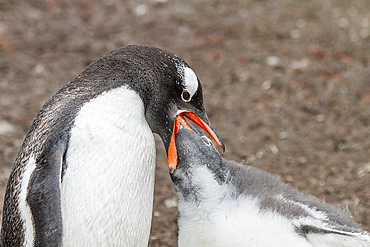
Gentoo penguin (Pygoscelis papua) adult feeding chick at Hannah Point on Livingston Island, Antarctica, Southern Ocean, Polar Regions
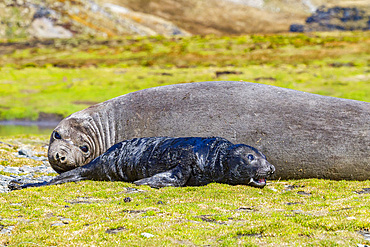
Female southern elephant seal (Mirounga leonina) with newborn pup on the beach in Stromness Bay, South Georgia Island
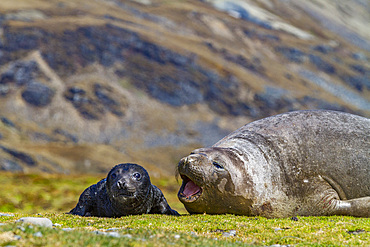
Female southern elephant seal (Mirounga leonina) with newborn pup on the beach in Stromness Bay, South Georgia Island
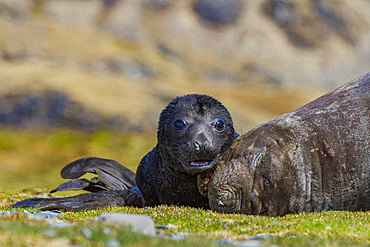
Female southern elephant seal (Mirounga leonina) with newborn pup on the beach in Stromness Bay, South Georgia Island
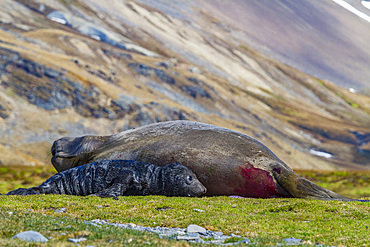
Female southern elephant seal (Mirounga leonina) with newborn pup on the beach in Stromness Bay, South Georgia Island
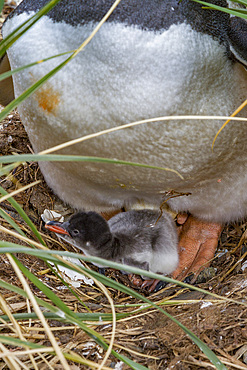
Adult gentoo penguin (Pygoscelis papua) with minutes-old newly hatched chick at Gold Harbor on South Georgia
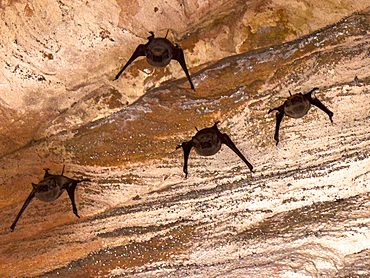
Microbats constitute the suborder Microchiroptera, found in a sandstone crevice on Bigge Island, Kimberley, Western Australia, Australia, Pacific
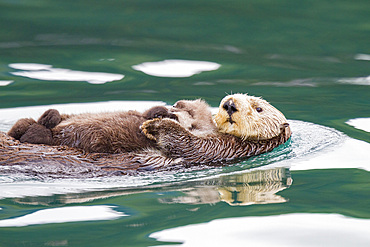
Adult sea otter (Enhydra lutris kenyoni) mother and pup in Inian Pass, Southeastern Alaska, United States of America
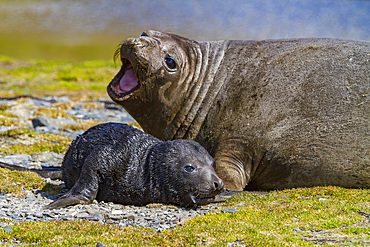
Female southern elephant seal (Mirounga leonina) with newborn pup on the beach in Stromness Bay, South Georgia Island
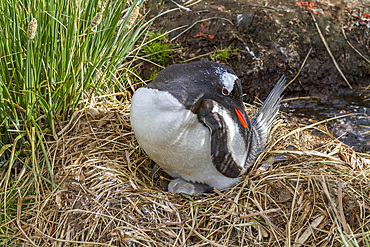
Adult gentoo penguin (Pygoscelis papua) with minutes-old newly hatched chick at Gold Harbor on South Georgia
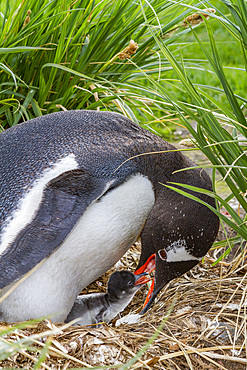
Adult gentoo penguin (Pygoscelis papua) feeding minutes-old newly hatched chick at Gold Harbor on South Georgia
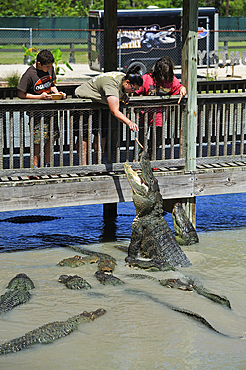
Alligators feeding, Gator Country Wildlife Adventure Park, Beaumont, Texas, United States of America
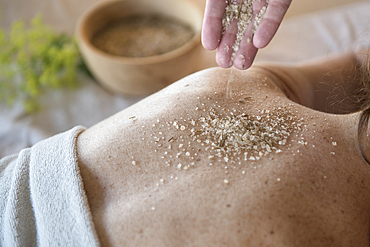
Body peeling with aroma crystal salt, Spa of Hotel Leitlhof, San Candido, South Tyrol (Alto Adige) Italy
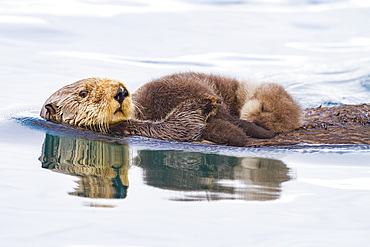
Adult sea otter (Enhydra lutris kenyoni) mother and pup in Inian Pass, Southeastern Alaska, United States of America
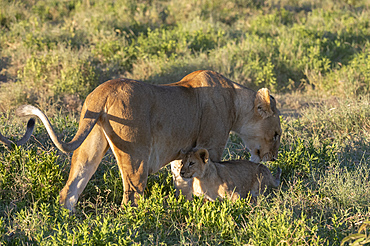
Lioness (Panthera leo) and its cub, Ndutu, Ngorongoro Conservation Area, UNESCO World Heritage Site, Tanzania, East Africa, Africa

King penguin (Aptenodytes patagonicus) adult and chick at breeding and nesting colony at Salisbury Plain, South Georgia, Polar Regions
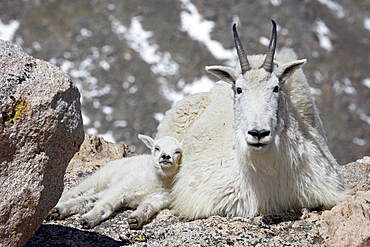
Mountain goat (Oreamnos americanus) nanny and kid, Mount Evans, Colorado, United States of America, North America

Olive baboon (Papio cynocephalus anubis) infant and mother, Serengeti National Park, Tanzania, East Africa, Africa
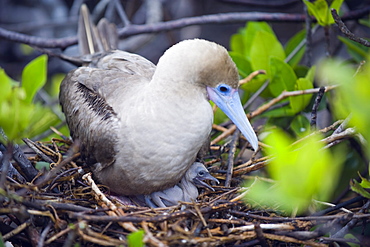
Red footed booby and chick, Isla Genovesa, Galapagos Islands, UNESCO World Heritage Site, Ecuador, South America
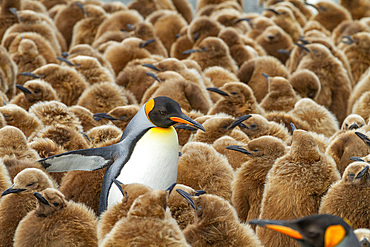
Adult king penguin (Aptenodytes patagonicus) amongst chicks at breeding colony at Gold Harbour, South Georgia Island, Polar Regions

Black-browed albatross (Thalassarche melanophris) adult and chick on West Point Island, Falkland Islands, UK Overseas Protectorate, South America
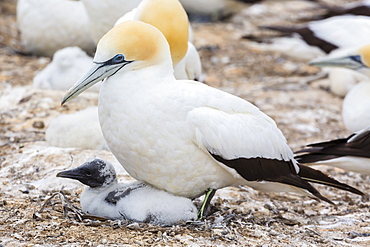
Australasian gannet (Morus serrator) with chick at Cape Kidnappers, North Island, New Zealand, Pacific
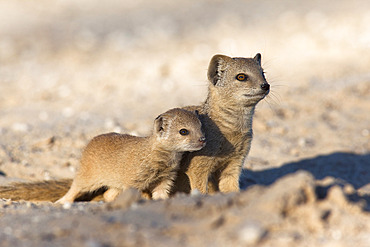
Yellow mongoose (Cynictis penicillata) with young, Kgalagadi Transfrontier Park, South Africa, Africa
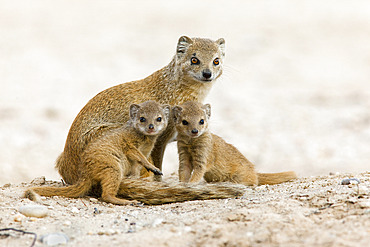
Yellow mongoose (Cynictis penicillata) with young, Kgalagadi Transfrontier Park, South Africa, Africa

Crab-eating macaque (Macaca fascicularis) mother with baby, Monkey Forest, Ubud, Bali, Indonesia, Southeast Asia, Asia

Adult gentoo penguin (Pygoscelis papua) feeding chick at Jougla Point, Wiencke Island, Antarctica, Polar Regions
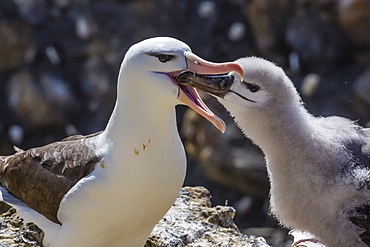
Adult black-browed albatross (Thalassarche melanophris) feeding chick in the New Island Nature Reserve, Falkland Islands, South America
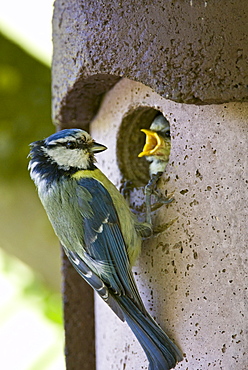
Bluetit bird feeding hungry young nestling in a garden bird box, The Cotswolds, Oxfordshire, England, United Kingdom
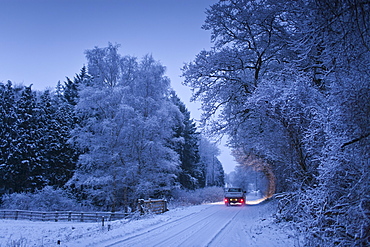
Traditional snow scene with Toyota pick-up truck in The Cotswolds, Swinbrook, Oxfordshire, United Kingdom
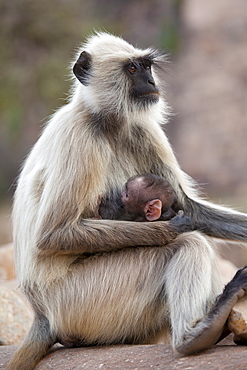
Indian Langur monkeys, Presbytis entellus, female and baby feeding in Ranthambore National Park, Rajasthan, India
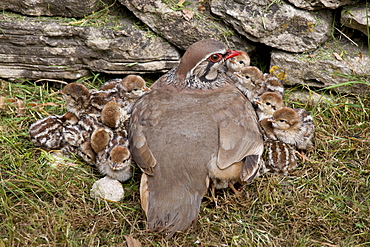
Red-Legged Partridge hen (French Partridge) Alectoris rufa, with newborn chicks, one under wing, The Cotswolds, UK
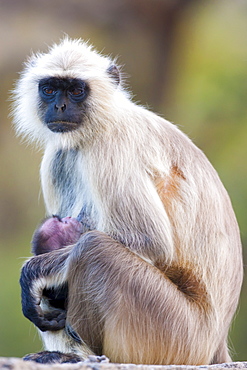
Indian Langur monkeys, Presbytis entellus, female and baby feeding in Ranthambore National Park, Rajasthan, India
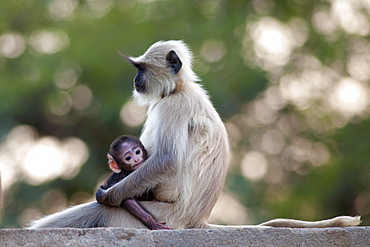
Indian Langur monkeys, Presbytis entellus, female and baby in Ranthambore National Park, Rajasthan, India
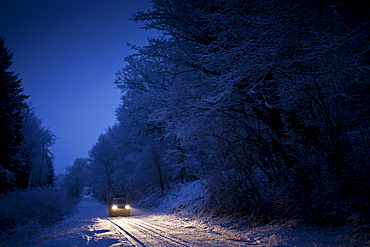
Four wheel drive car in traditional snow scene in The Cotswolds, Swinbrook, Oxfordshire, United Kingdom
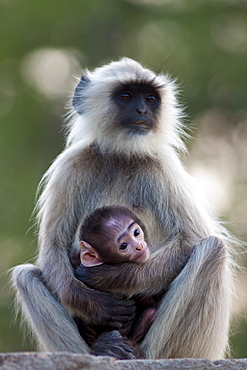
Indian Langur monkeys, Presbytis entellus, female and baby in Ranthambore National Park, Rajasthan, India
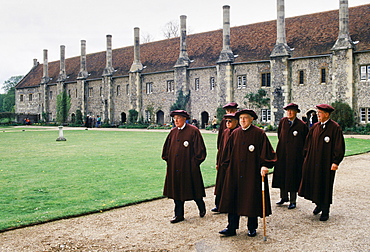
Traditional robes worn by residents at Britain's oldest charitable institution The Hospital Of St Cross founded in 1100's, Winchester, UK
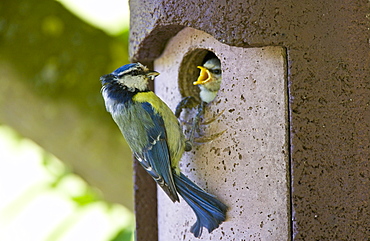
Bluetit bird feeding hungry young nestling in a garden bird box, The Cotswolds, Oxfordshire, England, United Kingdom
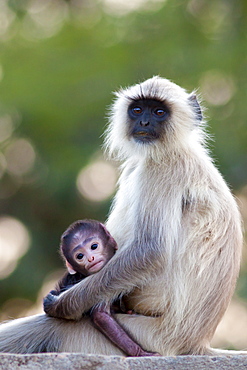
Indian Langur monkeys, Presbytis entellus, female and baby in Ranthambore National Park, Rajasthan, India
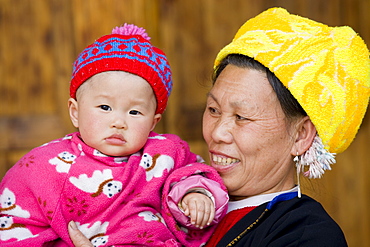
Grandmother and child from Zhuang Minority Group, Ping An, Guilin. China has a one child policy to limit population.

Traffic police investigate car accident between two BMW cars in Place de la Concorde, Central Paris, France
